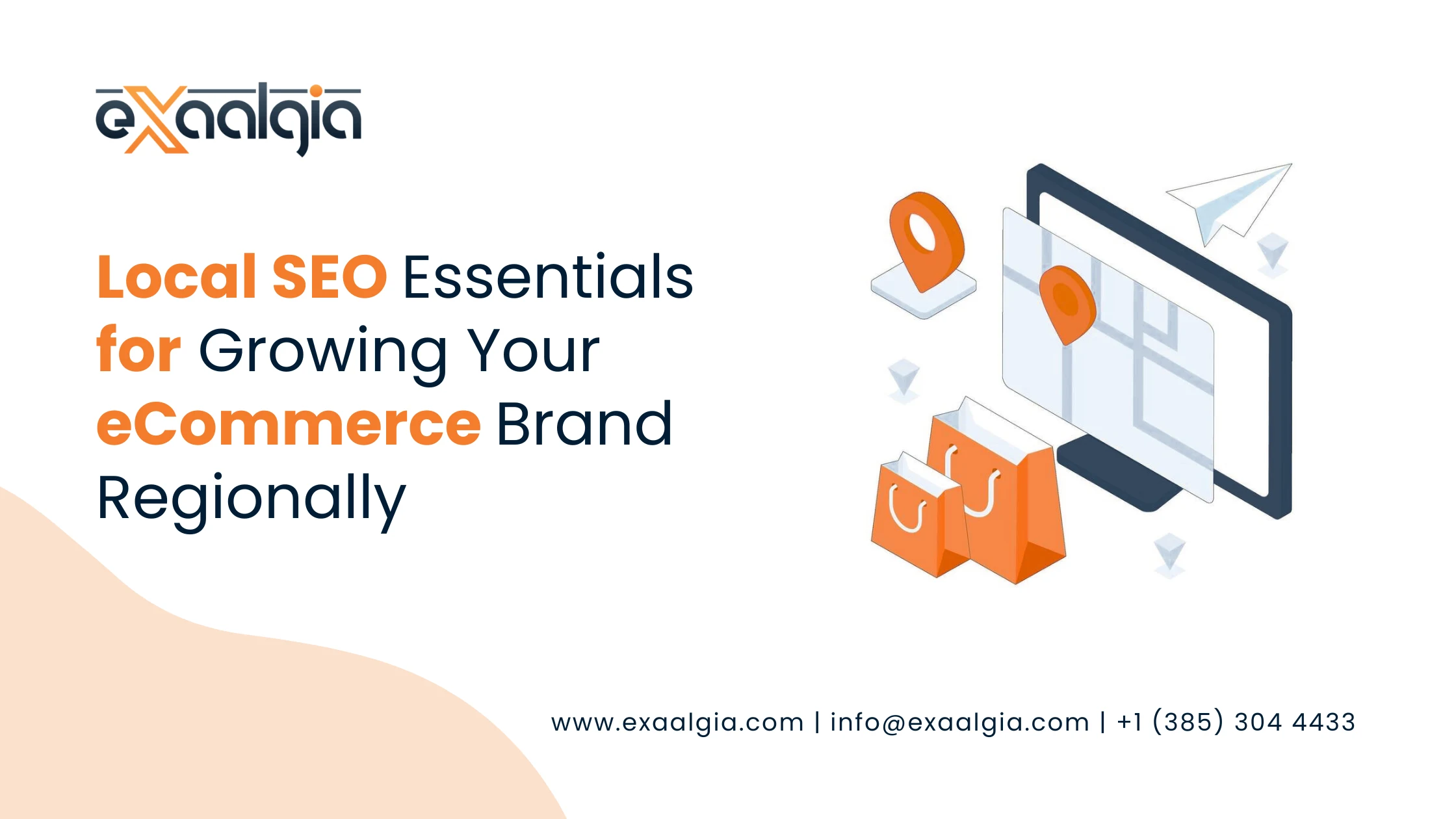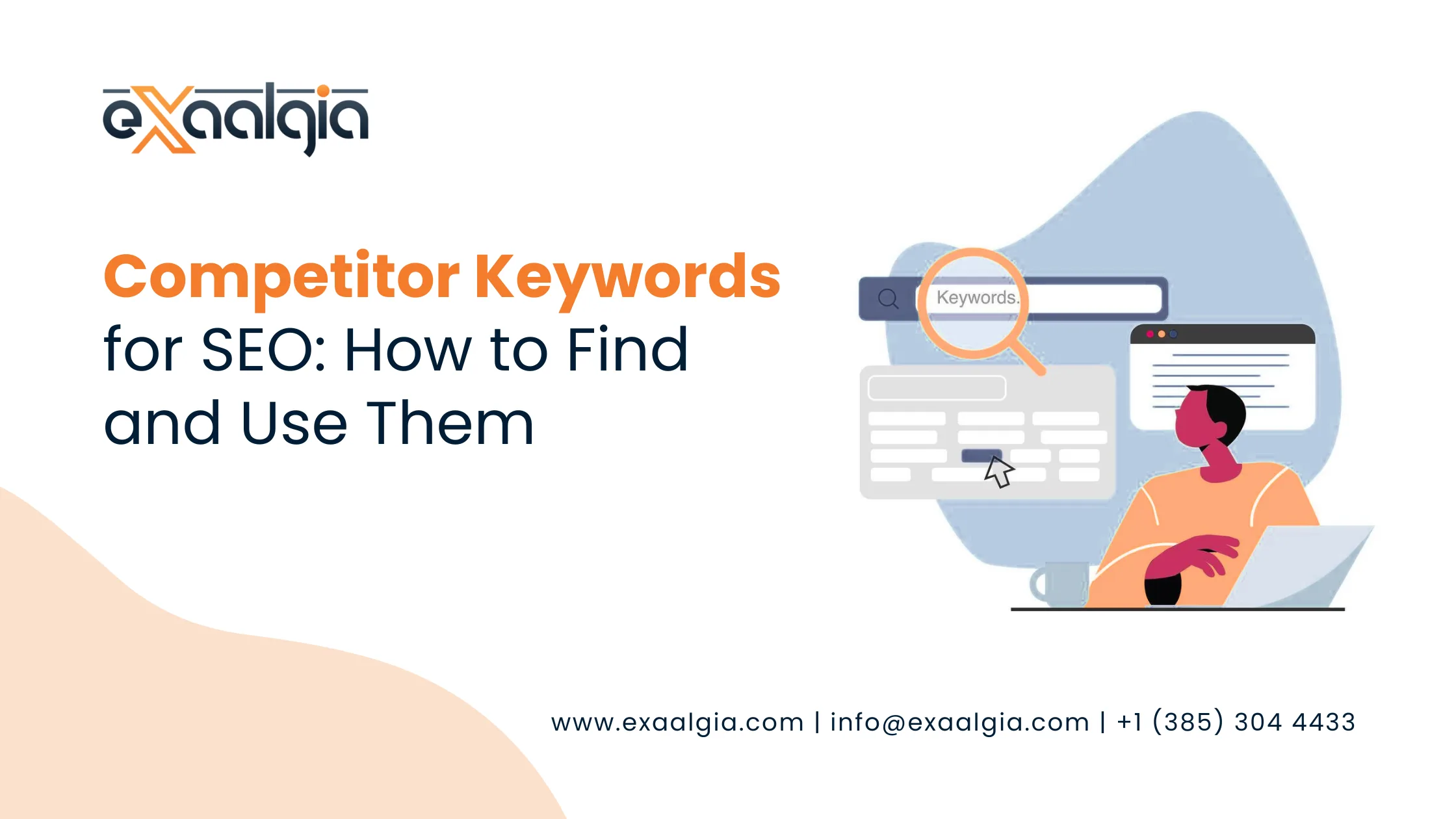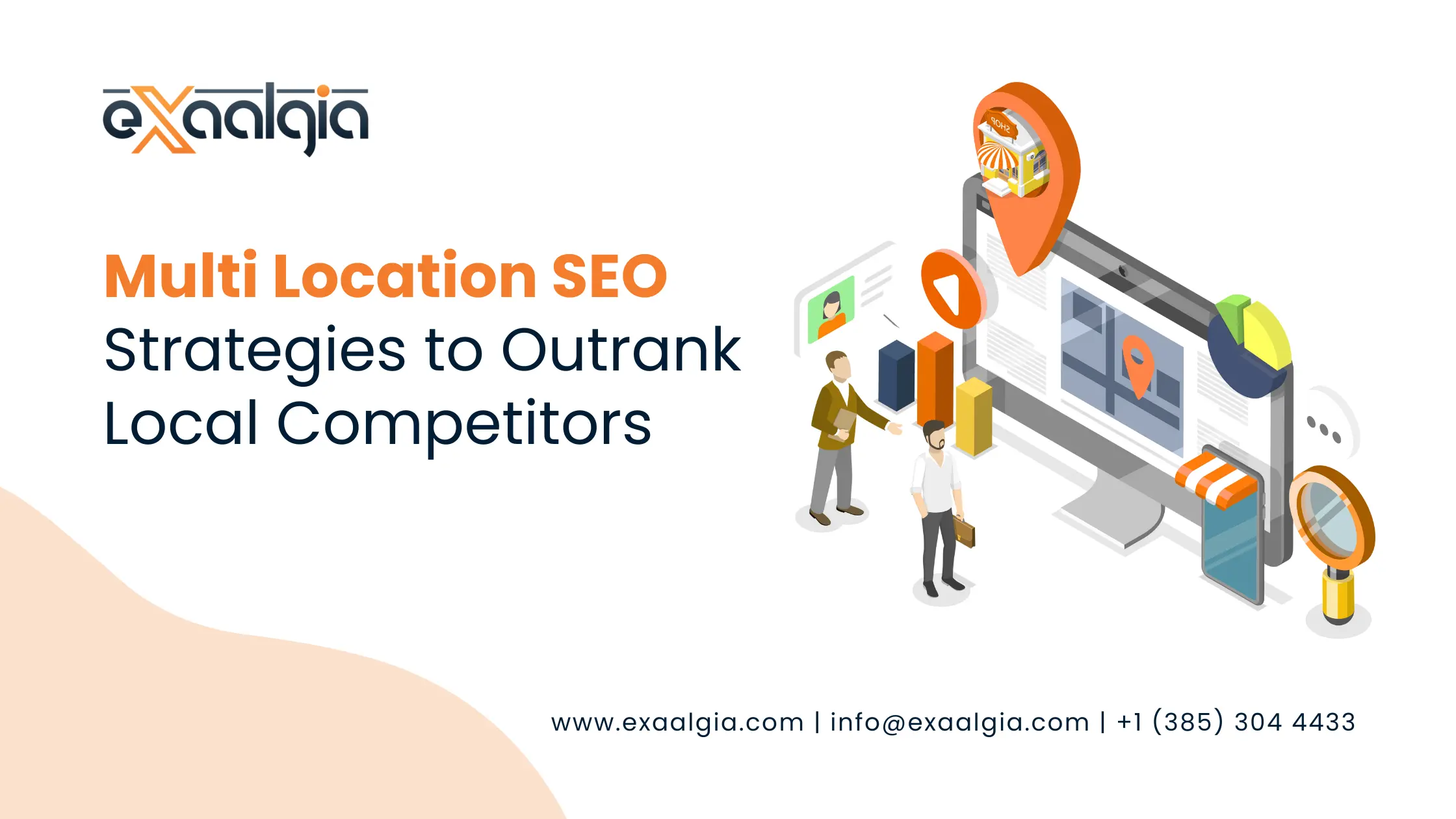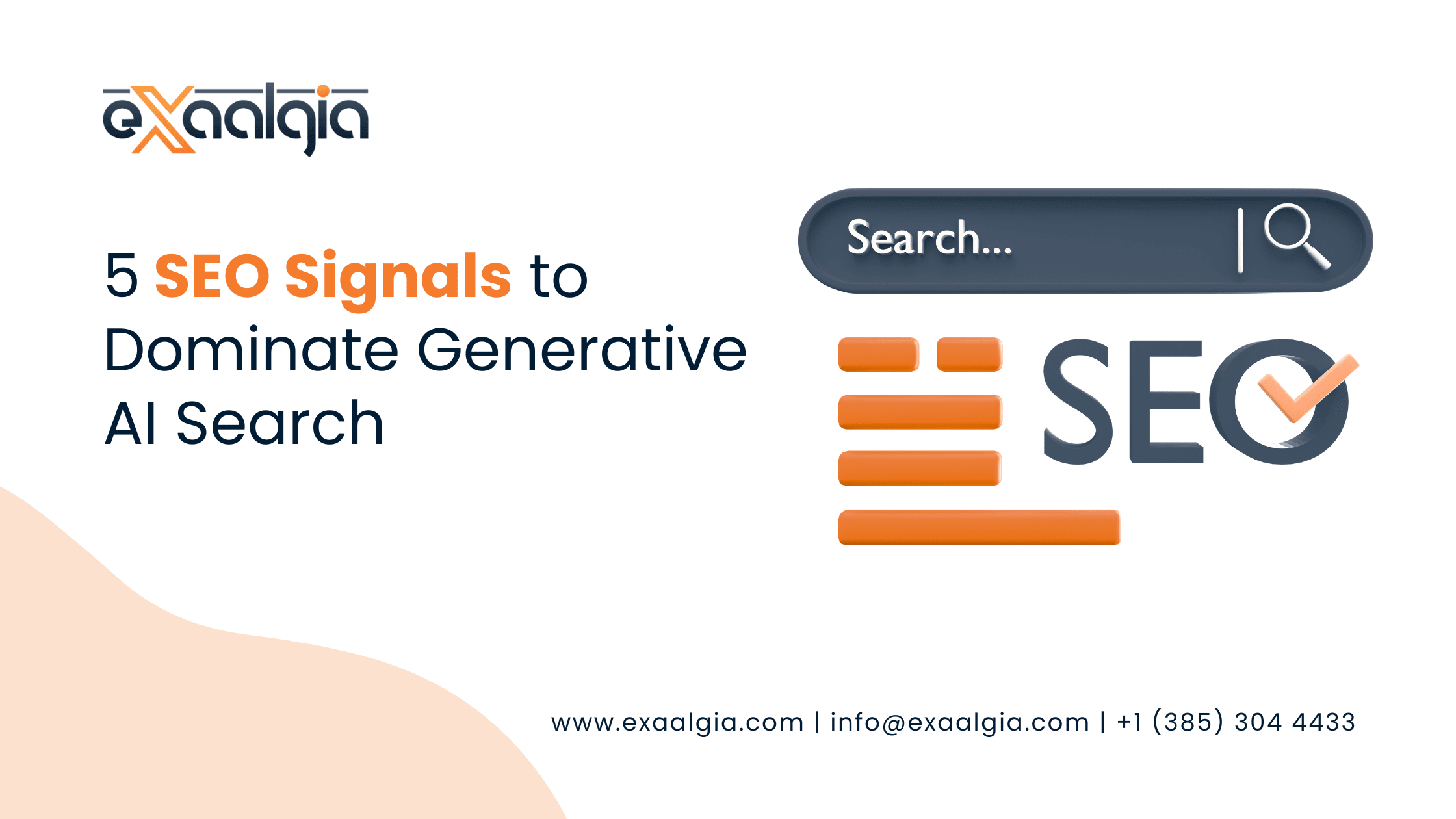Let’s dive into how eCommerce stores, even those without a physical address, can master local optimization.
Why Local SEO Matters for Online Stores
When someone searches “best running shoes in New York” or “designer lamps near me,” search engines prioritize businesses that show regional expertise, even if they only sell online. Nearly half of all searches now carry some local intent. Google, Bing, and Apple Maps use regional signals and personalization to decide which websites to show. For eCommerce brands, this means winning local search traffic isn’t just possible, it’s essential for sustainable growth.
Benefits of Local SEO for eCommerce:
- Reaches high-intent city shoppers needing products fast
- Builds trust as a regional favorite (even online only shops)
- Drives mobile conversions, most local queries happen on smartphones
- Strengthens authority with reviews, links, and content
- Boosts organic traffic with less competition than global SEO alone
Step 1: Research & Deploy Local Semantic Keywords
Targeted keyword research is the foundation of all local SEO. Instead of focusing only on broad phrases, successful eCommerce stores use semantic, geo-modified keywords.
How to Build a Local Keyword List:
- Use tools like Google Keyword Planner and SEMrush to find phrases with city or region modifiers.
- List products alongside local qualifiers: “luxury watches USA,” “organic tea Bangalore,” “buy cycling jacket online New York.”
- Expand with similar local expressions: “shop near me,” “city-specific deals,” “local delivery,” and “area discounts.”
Tip: Don’t ignore local language nuances or popular city terms! For instance, “chappal” vs. “sandals.” Sprinkle variants for natural readability.
Step 2: Create Regional Landing Pages
Generic product pages rarely rank for local intent. Instead, develop specific landing pages for high-value cities or states.
What to Include:
- Hyper-local headings (“Best Kids Toys in Kansas”)
- Testimonials and reviews from customers in target areas
- FAQs about local delivery, shipping timelines, and payment methods
- Meta tags, descriptions, and alt attributes using city keywords
Example: If you service five major cities, create five landing pages, each tailored to local interests and search behavior. Internal links between product pages and city landing pages help search engines understand service regions.
Step 3: Set Up & Optimize Google Business Profile (GBP)
Google Business Profile (formerly Google My Business) isn’t just for physical shops. Online, only brands can create service area profiles and choose where to appear in local search packs. Doing this right wins featured visibility for “near me” queries, critical for mobile buyers.
Action Steps:
- Register the business and choose relevant service regions.
- Add products, highlight location-targeted offers, and upload images.
- Ensure that business information (NAP: name, address, phone) is consistent everywhere.
- Respond to reviews and post local updates.
Side Note: Filling out GBP fields fully and choosing strategic categories help Google match the store with relevant searches and maps.
Step 4: Submit to Major Local Listings
Directory citations establish legitimacy and increase chances of popping up on third-party platforms.
Must-have Listings:
- Yelp, Facebook, Yellow Pages, MapQuest, Tripadvisor, Bing Places, and Apple Maps
- Industry-specific directories (fashion, electronics, etc.)
- Local business associations, chambers of commerce, and city listings
Ensure each listing uses matching business info, consistency signals trust to Google and Bing.
Step 5: Encourage Genuine Local Reviews
One of Google’s biggest ranking factors for local search is recent, authentic reviews from real, regional customers. Good reviews power click-through rates and conversions.
How to Get More Local Reviews:
- After each sale, send automated emails asking for feedback
- Provide review submission links targeting Google, Yelp, and area directories
- Showcase positive reviews on city-specific landing pages
- Respond to reviews promptly, both praise and complaints
Bonus: Use schema markup for reviews so they appear as rich snippets in search results.
Step 6: Build Local Backlinks & Relationships
Backlinks from regional sources serve as “votes of confidence” for local relevance.
How to Earn Local Links:
- Guest posts or interviews with area bloggers
- Collaborate with city influencers for paid or organic content swaps
- Sponsor local events, charities, or online meetups for coverage
- Join area business circles and participate in community forums
Remember: Backlinks from local organizations, news outlets, and reputable city sites carry more weight for search relevance than generic web links.
Step 7: Optimize Technical SEO for Local Relevance
Google and Bing want fast, secure websites that deliver focused experiences.
Checklist for Technical Local SEO:
- Ensure mobile-first design (responsive layouts, touch-friendly CTAs)
- Implement structured data: schema for NAP, products, reviews, and service regions
- Boost website speed, compress images, minify code, use server-side caching
- Use SSL certificates for all pages
- Make navigation intuitive, especially on category and city-specific pages
Plugins like Yoast SEO and Schema Pro make implementation easier for WordPress stores.
Step 8: Publish Regionally-Relevant Content
Regular, quality content builds topical authority and attracts both buyers and backlinks.
Content Ideas:
- Blog posts: “Top Christmas Gifts in New York,” “Winter Wear Trends New York”
- Buying guides for regional audiences (“Shop Your New York Fashion Wishlist Online”)
- Q&A posts addressing delivery areas, payment options, and customer service
- Social media campaigns spotlighting city deals and local shoppers
- Behind-the-scenes features about regional partnerships or delivery logistics
Internal linking between blogs, landing pages, and shop categories ensures strong SEO signals.
Step 9: Leverage Social Media and Paid Local Campaigns
Platforms like Facebook, Instagram, WhatsApp, and Google Ads now let marketers target by city or region. Run paid campaigns for location deals (“Free Shipping in Bangalore this weekend”), promote contests, and spotlight local customer stories.
Pro Tip: Join hyperlocal community groups and forums. Share information, run AMAs, and encourage community-driven content that links back to your store.
Step 10: Track, Refine, and Expand
Great local SEO is iterative. Track results, optimize strategies, and expand your footprint.
Tools for Tracking:
- Google Analytics and Search Console (city level segmentation)
- GBP Insights (listing views, calls, directions)
- Rank-tracking tools for local keywords (SEMrush, Local Falcon)
Optimization Steps:
- Refresh landing pages with new reviews and FAQs
- Split-test city-specific offers and CTA wording
- Expand landing pages as you add new regions or products
The goal: Find and scale what’s working across your highest-value target areas.
FAQs
Q.1 Can online-only stores benefit from local SEO?
Yes! Service area profiles, landing pages, and regional content enable digital shops to appear in local “near me” results, often ahead of physical shops.
Q.2 How much do reviews and ratings help?
Local reviews build trust and click through rates, improving both rankings and conversion rates for specific target cities.
Q.3 How do I start if I’ve never implemented local SEO before?
Begin by researching keywords, setting up a Google Business Profile, creating city landing pages, submitting directory listings, and building relationships for local links.
Local SEO, Where Online Brands Become Neighborhood Favorites
Local SEO for eCommerce is less about “showing up on the map” and more about becoming the go-to option for customers in every city, region, and niche. From semantic keywords to service area profiles, directory citations to community driven links, modern optimization strategies connect online stores with ready to buy, high intent shoppers.
With the right steps and tools in place, any online business, no matter its geography, can unlock new markets, exceed sales goals, and build local loyalty. Local SEO is the growth catalyst that turns national ambition into regional love. Start today and become the top result for every shopper searching “near me.”







